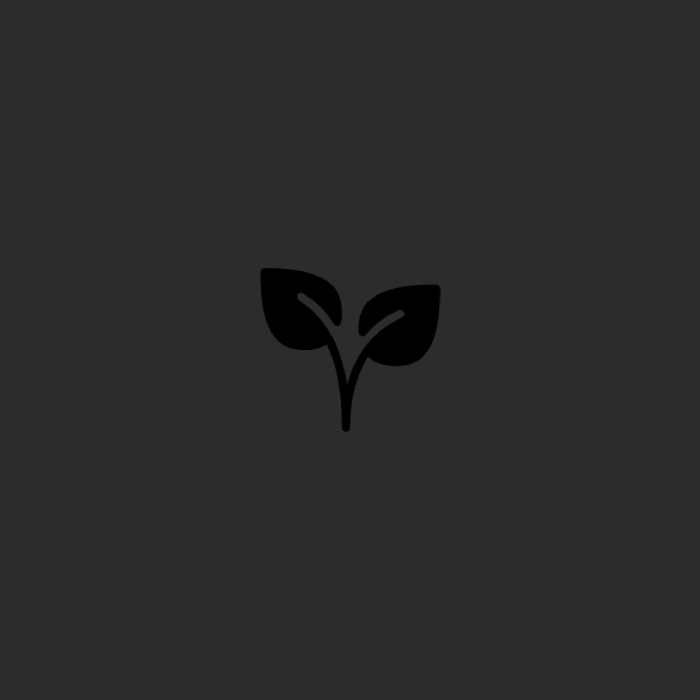
Turkish Hollyhock
Alcea pallida (Waldstein & Kitaibel ex Willdenow) Waldstein & Kitaibel
Watering:
Frequent
Hardiness Zone:
Sun:
full sun
Leaf:
Yes
Growth Rate:
Low
Salt Tolerant:
Yes
Invasive:
Yes
Care Level:
High
watering
Brown Bentgrass (Agrostis vinealis) can be kept healthy, vigorous, and attractive with proper watering. This species should be watered regularly, but it does not require frequent heavy watering. In general, Brown Bentgrass should be watered every 2 to 3 days to keep the soil moist. In hot weather, water more often, if needed. In cooler weather, it may need to be watered less frequently. When watering, use enough water to moisten the soil 6 to 8 inches deep and allow the soil to drain thoroughly. Avoid overwatering, as this can lead to damage.
sunlight
Brown Bentgrass (Agrostis vinealis) requires a significant amount of sunlight each day to live and thrive. It should receive at least 6 hours of direct sunlight each day from the early morning to early evening. It does best in sunny locations that receive plenty of full sun exposure throughout the day.
pruning
Brown Bentgrass (Agrostis vinealis) should be pruned in the spring when the grass is actively growing. To keep the grass looking neat and healthy, it needs to be cut at least twice a year. It should be cut to a height of 2-4 inches, and any dead or damaged grass should be removed. Pruning should be done with a sharp pair of scissors or shears to make sure the cut is clean and does not damage the grass. In the summer, some pruning might be necessary to keep the grass looking healthy.
